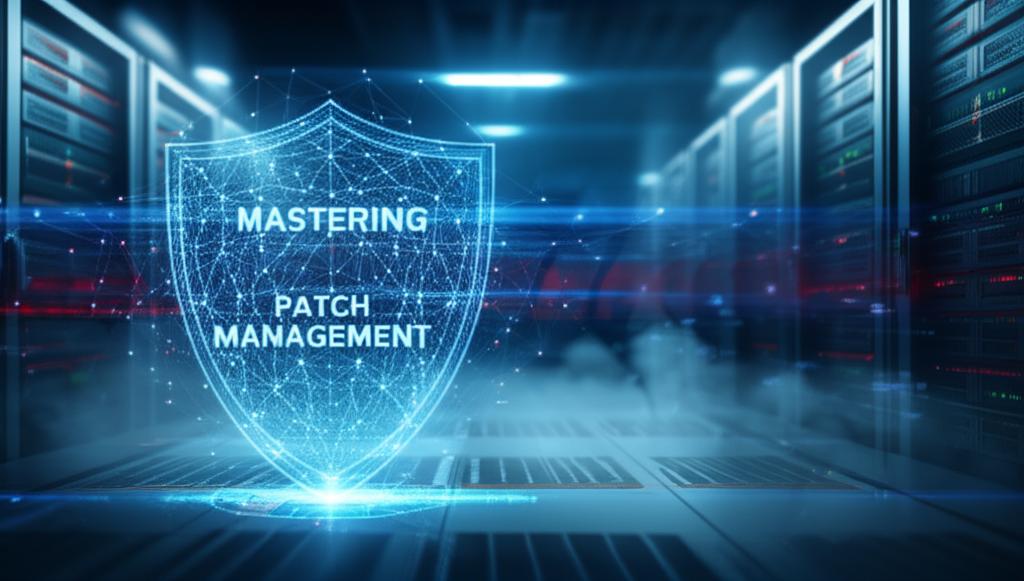Mastering Patch Management: Your Ultimate Guide to Digital Security
What is Patch Management?
Patch management is a systematic process of identifying, acquiring, testing, and installing patches (code changes) to software applications and operating systems. These patches are released by vendors to fix bugs, resolve security vulnerabilities, improve performance, and add new features. In today’s interconnected digital landscape, effective patch management is not just good practice; it’s an indispensable pillar of cybersecurity and operational stability.
Why is Patch Management Crucial for Your Organization?
Neglecting patch management can leave systems exposed to significant risks. Here’s why it’s a critical component of any robust IT strategy:
- Security Vulnerability Remediation: The primary driver for patch management. Patches often address newly discovered security flaws (e.g., zero-day exploits) that hackers could exploit to gain unauthorized access, steal data, or disrupt services.
- System Stability and Performance: Beyond security, patches frequently fix software bugs, improve system stability, and enhance overall performance, preventing crashes and improving user experience.
- Compliance Requirements: Many industry regulations and compliance standards (e.g., GDPR, HIPAA, PCI DSS) mandate regular software patching as part of their security controls.
- Feature Enhancements: Patches can also introduce new features, functionalities, or compatibility improvements, keeping software up-to-date and competitive.
- Prevention of Downtime: Proactive patch management helps prevent system failures and breaches that can lead to costly downtime, loss of productivity, and reputational damage.
The Essential Patch Management Process
An effective patch management strategy typically involves several key steps:
- Inventory and Assessment: Identify all hardware and software assets within the environment. Understand their current patch status and potential vulnerabilities.
- Monitoring and Discovery: Continuously monitor vendor websites, security advisories, and industry news for new patch releases relevant to your systems.
- Testing and Validation: Before widespread deployment, thoroughly test patches in a non-production environment to ensure they don’t introduce new issues or conflicts with existing systems.
- Deployment: Systematically deploy approved patches across the network, often in phases, to minimize disruption. Automation tools are frequently used here.
- Verification and Reporting: After deployment, verify that patches have been successfully installed and that systems are functioning as expected. Generate reports for compliance and auditing.
- Documentation: Maintain detailed records of all patches applied, including versions, dates, and any issues encountered.
Types of Patches
Patches come in various forms, each serving a specific purpose:
- Security Patches: The most critical type, designed to fix known security vulnerabilities.
- Bug Fixes: Address errors or flaws in software code that cause incorrect behavior or crashes.
- Feature Enhancements: Add new functionalities or improve existing ones.
- Service Packs / Rollups: Collections of multiple patches, bug fixes, and sometimes new features released as a single installable package.
- Hotfixes: Urgent patches released to address a specific, critical issue affecting a small number of users or systems.
Best Practices for Effective Patch Management
“Ignoring updates is like leaving your front door unlocked in a bad neighborhood. Eventually, someone will walk in.” – Cybersecurity Expert
To truly master patch management, consider these best practices:
- Automate Where Possible: Utilize patch management software to automate discovery, testing, and deployment, reducing manual effort and human error.
- Prioritize Patches: Not all patches are equally urgent. Prioritize critical security patches and those affecting key business systems.
- Regular Review and Audit: Periodically review your patch management policies and procedures, and conduct audits to ensure compliance and effectiveness.
- Maintain an Asset Inventory: A complete and accurate inventory of all hardware and software is fundamental for knowing what needs patching.
- Educate Users: Ensure users understand the importance of updates and report suspicious activities.
- Backup Before Patching: Always have a robust backup strategy in place before deploying major patches, providing a rollback option if issues arise.
Challenges in Patch Management
Despite its importance, patch management can present several challenges:
- Patch Fatigue: The sheer volume of patches released can be overwhelming.
- Compatibility Issues: New patches can sometimes conflict with existing software or hardware, leading to system instability.
- Resource Constraints: Small to medium-sized businesses often lack the dedicated staff or tools for comprehensive patch management.
- Uptime Requirements: Applying patches often requires system reboots, which can be difficult to schedule in environments with high uptime demands.
Conclusion
Patch management is a continuous and vital process for maintaining the security, stability, and performance of any IT environment. By implementing a strategic and proactive patch management program, organizations can significantly reduce their attack surface, protect sensitive data, ensure compliance, and safeguard their digital future. Don’t underestimate the power of a well-patched system; it’s your first line of defense against an ever-evolving threat landscape.







